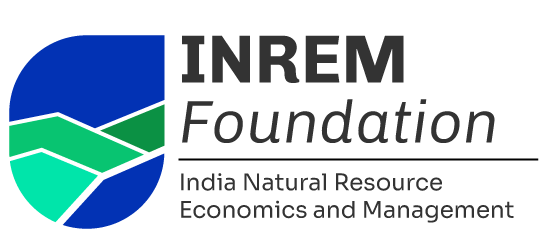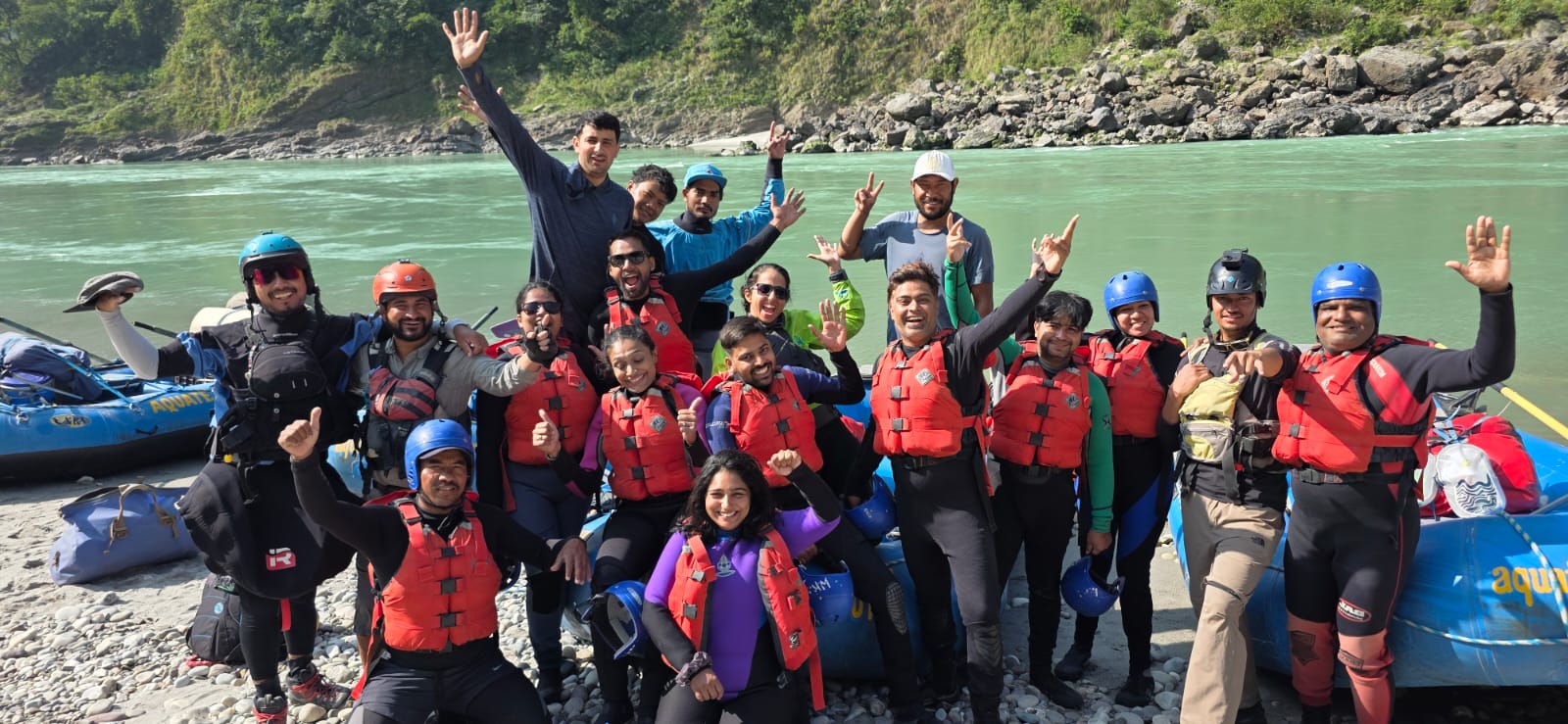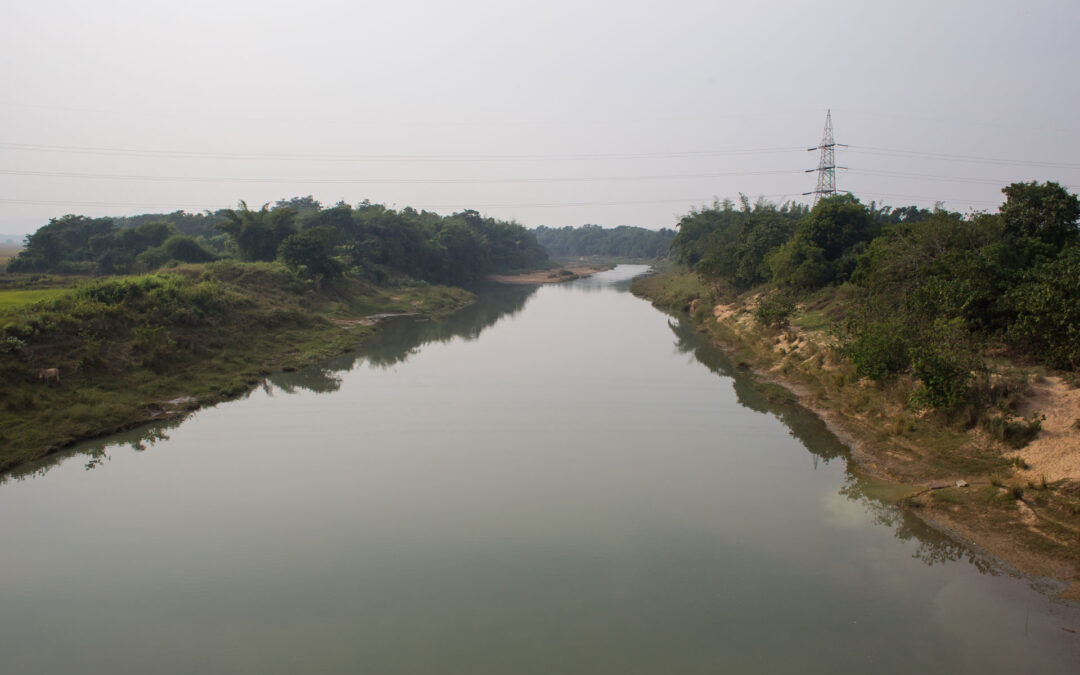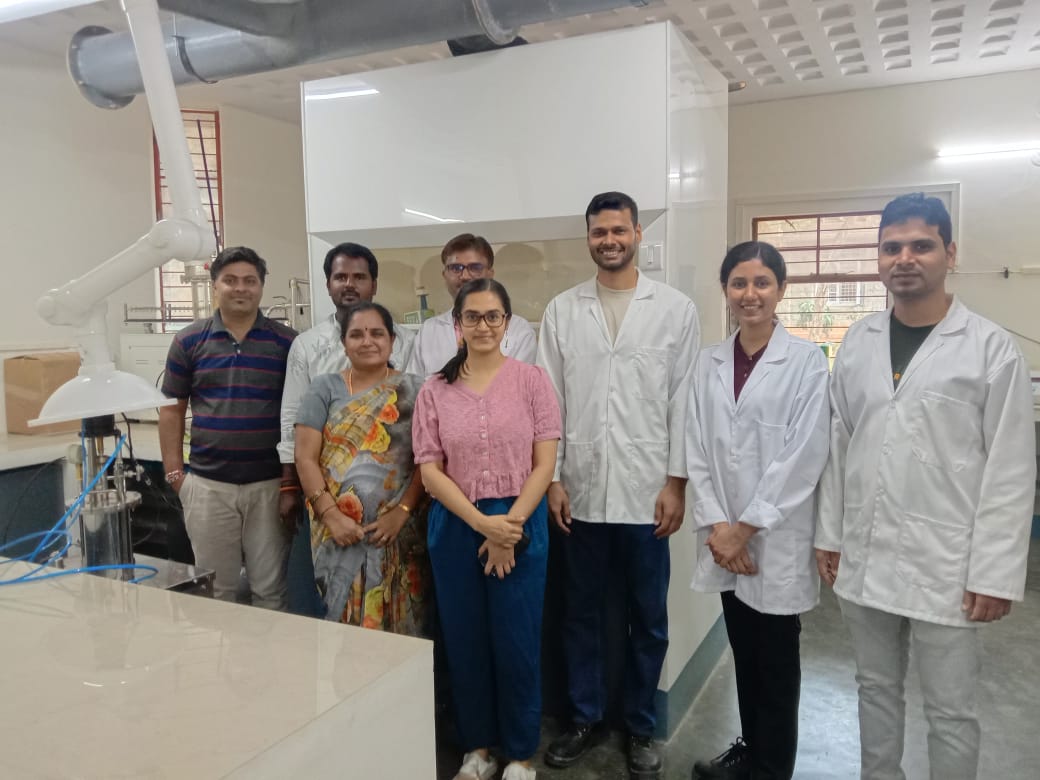Introduction
The global water crisis is deepening, with climate change, population growth, and pollution threatening water security for billions. India, home to nearly a fifth of humanity, is at the epicenter of this crisis, grappling with acute water scarcity, contamination, and the urgent need for sustainable solutions. In this context, organizations like the INREM Foundation have emerged as pivotal actors—bridging the gap between policy, community action, and technological innovation to ensure the right to safe and clean water.
The Global Water Crisis: A Climate Perspective
Water scarcity is a mounting concern worldwide, exacerbated by climate change, melting glaciers, and erratic weather patterns. By 2025, 1.8 billion people are projected to face “absolute water scarcity,” while two-thirds of the global population will experience water stress. Glacial melt, a direct consequence of rising global temperatures, threatens water supplies for nearly two billion people, impacting agriculture, energy, and basic survival. The United Nations and other international bodies are calling for urgent action to reduce emissions, strengthen local water management, and enhance global cooperation to mitigate these risks.
India’s Water Industry: Challenges and Transformation
Current State
India’s water sector is undergoing rapid transformation, driven by the dual pressures of climate change and urbanization. The government has significantly increased allocations for water supply, sanitation, and wastewater management, reflecting the urgency of the situation. The 2025-26 Union Budget, for instance, earmarked nearly ₹1 trillion for water-related initiatives, aiming to expand access and promote integrated management. Despite these efforts, India faces persistent challenges:
- Water Scarcity: Demand is projected to double by 2040, with a potential shortfall of 750 billion cubic meters.
- Pollution: Industrial, agricultural, and domestic effluents continue to contaminate rivers and groundwater, with over 375 polluted river stretches identified in 2018 alone.
- Infrastructure Gaps: Many cities lack dedicated pipelines for treated water, and operational inefficiencies in treatment plants persist.
- Public Perception: Resistance to the reuse of treated water, especially for agriculture and potable purposes, is widespread due to misconceptions about safety.
Market Trends
The Indian water and wastewater management market is expanding rapidly, with a projected compound annual growth rate of over 10% between 2025 and 2030. Automation, advanced purification methods, and intelligent management systems are being adopted to boost efficiency and sustainability. There is a growing emphasis on water recycling, circularity, and public-private partnerships to address the crisis.
The Role of NGOs: Monitoring, Evaluation, and Accountability
INREM Foundation: A Case Study
INREM Foundation stands out as a leader in India’s water quality landscape. Operating across seven states, INREM focuses on:
- Community-Based Research: Developing models for water quality improvement through field labs and experiments.
- Technology and Innovation: Leveraging AI and digital platforms to democratize access to water contamination data, empowering communities to monitor and respond to water quality issues.
- Capacity Building: Training local stakeholders, government officials, and volunteers (e.g., the “Jaldoots” program in Assam) to enhance water quality monitoring and awareness.
- Policy Support: Partnering with government agencies, including the Jal Jeevan Mission, to shape standards and ensure effective implementation.
INREM’s approach exemplifies the critical role of NGOs in bridging the gap between policy and practice, especially in rural and underserved areas.
Broader NGO Impact
Other NGOs, such as the Sehgal Foundation and Save Indian Farmers, are also instrumental in:
- Constructing water infrastructure (dams, tanks, rainwater harvesting systems).
- Promoting cost-effective water filters and conservation techniques.
- Raising awareness and advocating for sustainable agricultural practices.
Collectively, these organizations play a vital role in holding governments accountable, ensuring community participation, and fostering innovation.
Monitoring, Evaluation, and the Evolution of Water Standards
The Importance of Standards
Safe and clean drinking water hinges on robust standards for quality, monitoring, and enforcement. In India, water governance is distributed across multiple agencies, including the Central Pollution Control Board (CPCB), Central Water Commission (CWC), and municipal authorities. The evolving regulatory landscape reflects growing recognition of the need for stricter norms:
- Stricter Quality Parameters: Recent regulations mandate advanced treatment technologies (e.g., reverse osmosis, UV sterilization) and regular testing for contaminants.
- Revised Discharge Standards: Wastewater discharge norms have been tightened, with a move toward uniform standards and sector-specific requirements for industrial effluents.
- Transparency and Adaptation: The process of setting and revising standards has faced challenges, including lack of transparency and adaptation time for legacy systems.
- Community Involvement: NGOs like INREM are increasingly involved in monitoring, data democratization, and capacity building, ensuring that standards are not just set but also implemented at the grassroots.
Accountability Mechanisms
Monitoring and evaluation are central to a human rights-based approach to water management. NGOs and civil society organizations act as watchdogs, tracking compliance, identifying gaps, and advocating for remedial action. Through partnerships with governments and communities, they help ensure that standards translate into real-world improvements in water quality and public health.
Conclusion: Toward a Water-Secure Future
The water crisis is both a symptom and a driver of broader environmental and social challenges. In India, the convergence of climate change, rapid development, and legacy pollution demands a multifaceted response. Organizations like INREM Foundation are at the forefront of this effort—combining research, technology, community engagement, and policy advocacy to build water-safe communities.
As standards evolve and accountability mechanisms strengthen, the role of NGOs in monitoring, evaluation, and public awareness will only become more critical. The path to water security lies in collaborative action, innovation, and a relentless commitment to the right of every person to safe, clean water—a goal that is as urgent as it is achievable.



